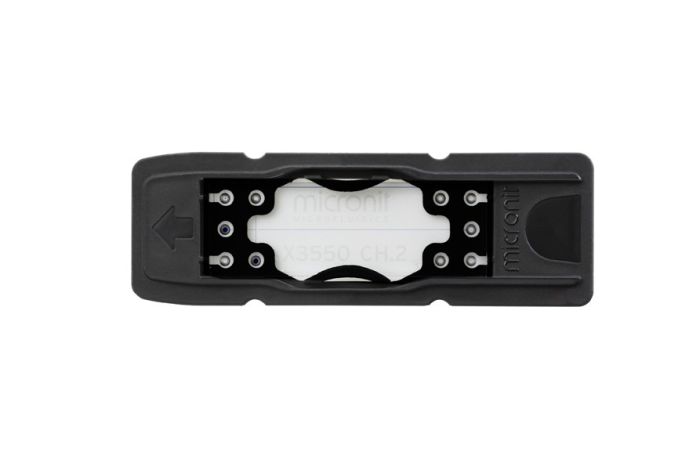shopping_basket
Cross channel chip
SKU
cross_channel
Availability:
check_circle In stock
As low as $300.55
per pack of 3
Pack of 3 cross channel chips.
Microfluidic chip with two channels crossing each other. Also suitable for capillary electrophoresis (CE).
| Unit of measurement | pack of 3 |
|---|---|
| Interface type | Topconnect |
| Chip material | Borosilicate glass |
| Number of inlets | 3 |
| Number of outlets | 1 |
| Channel width | 50 |
| Icon | Label | Description | Type | Size | Download |
|---|---|---|---|---|---|
 | X3550CH.3 - Drawing | 69.7 KB | Download |
Customer Questions

